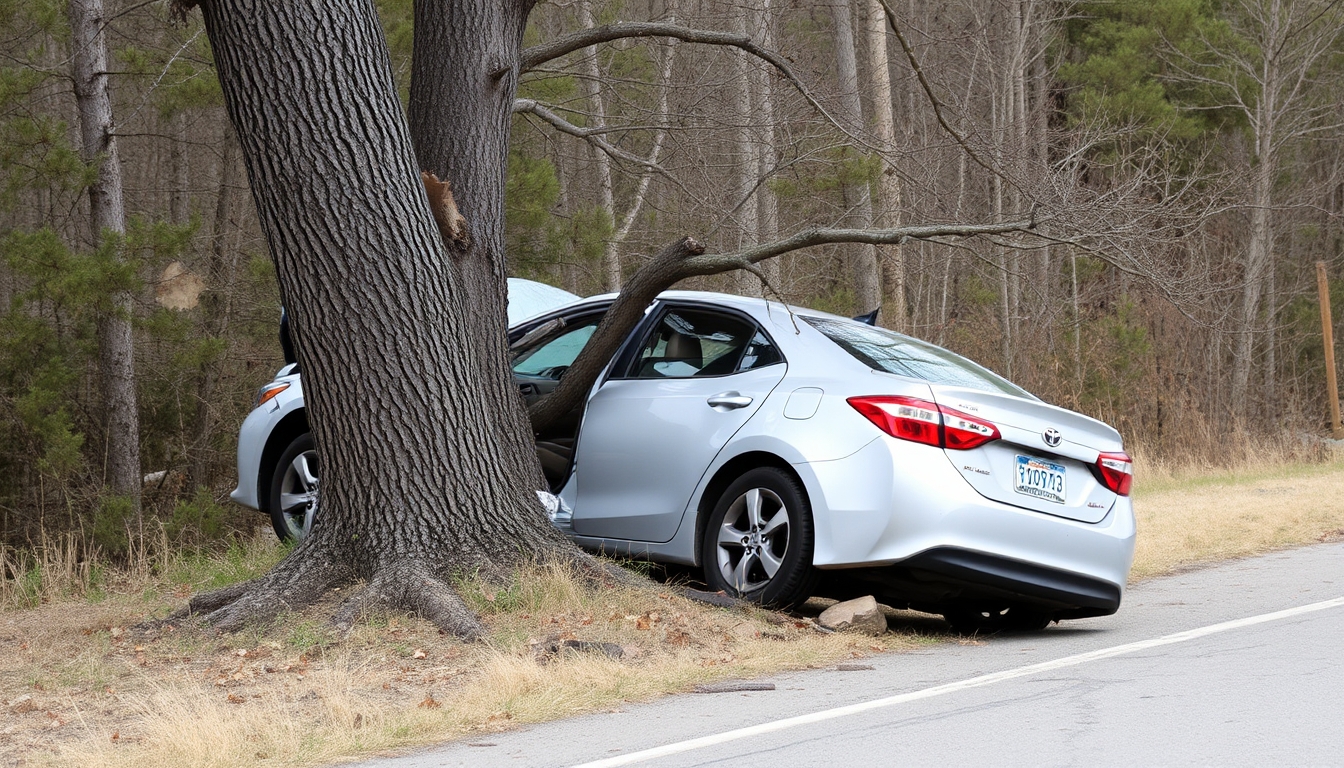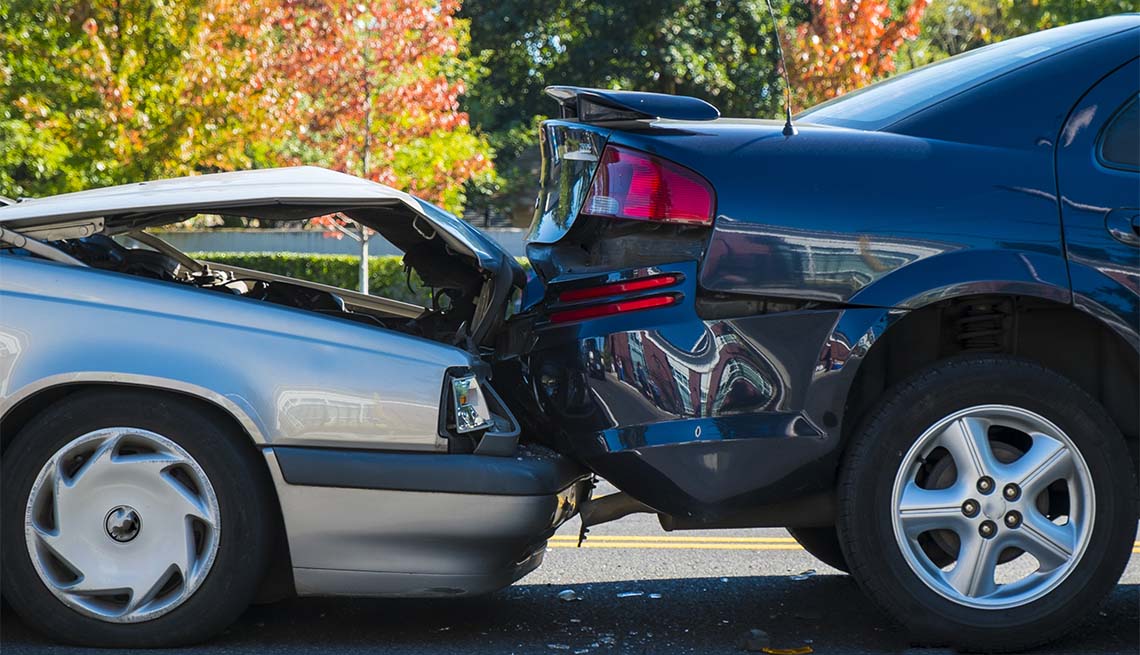In a world where the truth can sometimes seem elusive, proving fault without witnesses can feel like an uphill battle. Whether you’re embroiled in a car accident dispute, a slip-and-fall incident, or any other scenario where liability is questioned, the absence of witnesses can complicate matters significantly. However, fear not! This comprehensive guide will arm you with strategies to establish fault even when no one saw the incident unfold.
Understanding the Challenges of Proving Fault Without Witnesses
When faced with the task of proving fault without witnesses, it’s vital to understand the hurdles ahead.
The Legal Landscape
Navigating legal waters requires a keen understanding of laws governing negligence and liability. In many jurisdictions, to prove fault, you generally need to establish four elements: duty, breach, causation, and damages.
Duty: Was there a responsibility? Breach: Did someone fail in that duty? Causation: Did that failure lead to your damages? Damages: What losses did you incur?Without witnesses, demonstrating these elements may rely heavily on other forms of evidence.
Gathering Evidence
So how do you gather evidence? Here are motorcycle accident lawyer https://wwww.moseleycollins.com/ some effective methods:
- Photographic Evidence: Photos can speak volumes about an incident. Video Footage: CCTV or dashcam videos can provide critical insights. Documentation: Medical records and police reports can substantiate your claims.
Proving Fault Without Witnesses: Strategies for Success
Let’s delve into specific strategies that can help establish fault without direct eyewitness accounts.
Collecting Physical Evidence
When no one witnessed the event, physical evidence becomes paramount. This could include:
- Skid marks from vehicles Debris from the scene Damage to property
Analyzing the Scene
Take detailed notes about what you see at the scene. For instance:
- Are there any traffic signs obscured by foliage? Is there any evidence suggesting another party's negligence?
This meticulous attention to detail can make a substantial difference.
Utilizing Expert Testimony
Sometimes it takes an expert to shed light on crucial details. Here’s how experts can assist:
Accident Reconstruction Experts
These professionals use physics and engineering principles to recreate accidents. They analyze factors such as:
- Speed Traffic signals Road conditions
Their findings may provide compelling evidence for your case.
Medical Professionals
Doctors or medical experts can testify regarding injuries sustained and their implications on daily life.
Documenting Communication
Communication logs could serve as indirect evidence of fault:
Text Messages and Emails
If conversations occurred before or after the incident that imply responsibility, they might hold weight in court.
Social Media Posts
Posts made by involved parties about their actions leading up to an event may also be relevant.
Leveraging Photographic Evidence
Visual proof often tells a story better than words ever could.
Taking Comprehensive Photos
When documenting an accident scene:

Using Before-and-After Comparisons
If possible, showing how something looked before versus after an incident helps underline negligence or faults.

Employing Video Footage Effectively
Whether it’s dashcam footage from your vehicle or security cameras from nearby businesses, video content is invaluable.
Searching for Available Footage
Don’t just rely on your own recordings; actively seek out video from others who might have been present or nearby during the incident.
Analyzing Video Content for Clues
Carefully scrutinize footage for details that could help reconstruct events—like vehicle positioning or actions taken by those involved right before impact.
Understanding Insurance Companies’ Roles
Insurance companies often play a significant role in determining fault when witnesses are absent.
Submitting Claims Wisely
When filing claims:
- Ensure all evidence is well documented. Provide a clear narrative supported by your collected evidence.
Negotiating Settlements
Be prepared for negotiations with insurers who may try to downplay your claim; present all gathered evidence assertively!
Building Your Case Through Documentation
Documentation plays a critical role in establishing credibility when witness testimony is lacking.
Creating Detailed Reports
Write comprehensive accounts of events immediately after they occur while details are still fresh in your mind—dates, times, locations, and any perceived wrongdoings should all be noted diligently!
Compiling Medical Records and Bills
Chronicling injuries and treatment costs bolsters your claim significantly since financial loss often correlates with liability issues.
FAQ Section
1. Can I prove fault without direct eyewitnesses?
Absolutely! You can compile physical evidence (like photos), expert testimony, documentation of communications, and video footage to build your case convincingly even without eyewitness accounts.
2. How important is physical evidence in these situations?
Physical evidence acts as tangible proof that helps recreate events surrounding an incident; its importance cannot be overstated!
3. What types of expert testimony are useful?
Experts like accident reconstruction specialists or medical professionals who can speak on injuries are particularly helpful when trying to establish fault without direct witnesses present!
4. How do I negotiate effectively with insurance companies?
Come prepared with well-documented evidence supporting your claims; being assertive yet reasonable during negotiations tends to yield better results!
5. Can social media posts influence my case?
Yes! Any posts related to events leading up to or following an incident could potentially serve as indirect proof regarding liability issues—so tread carefully!
6. What should I document after an accident occurs?
Document everything—from timeframes and locations down through every detail surrounding damages incurred—this information becomes invaluable later on!
Conclusion
While proving fault without witnesses presents unique challenges, it’s certainly not impossible! By leveraging various strategies such as gathering compelling physical evidence, utilizing expert testimony effectively, documenting communications thoroughly—plus being proactive about collecting photographic and video content—you’ll create a solid foundation upon which your case rests confidently! So go forth armed with knowledge because success awaits those willing enough to pursue it relentlessly!